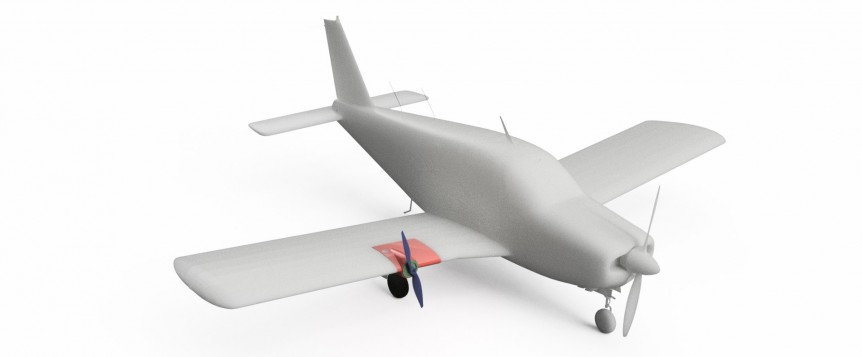When you come to a fork in the road, take it. Yogi Berra Technology and new products continue to enhance the development and realization of electric and solar aircraft. Two approaches to batteries, both of which explore roads less taken, have some promise for aircraft use. Shine Some Light on It What if your battery could be recharged just by exposing it to light? A team of South Korean researchers, affiliated with UNIST (Ulsan National Institute of Science and Technology) has developed a single-unit, photo-rechargeable portable power source based on high-efficiency silicon solar cells and lithium-ion batteries (LIBs). Rechargeable under solar or artificial light, the unit could power other electronic devices, “even in the absence of light.” Professor Sang-Young Lee and Professor Kwanyoung Seo of Energy and Chemical Engineering at UNIST have presented a new class of monolithically integrated, portable PV–battery systems (SiPV–LIBs) based on miniaturized crystalline Si photovoltaics (c-Si PVs) and printed solid-state lithium-ion batteries (LIBs). Using a thin-film printing …
Needed: a Four-Seat Light Airplane for Electrifying Research Project
We’d all love to have a hybrid electric airplane – inexpensive to fly with great range and guilt-free airport hamburgers. Jeffrey Engler, who heads an innovative project devoted to green aviation, explains: “Our plan is to convert a Piper Cherokee, Cessna 172, or similar light four-seater to electric hybrid power. The airplane should be airworthy with a serviceable engine and avionics. We don’t want a hangar queen or an airport relic – just a flyable, reasonable example at a reasonable price.” Aeronautics students at Purdue University, as part of their graduate work, are backing this program. Jeffrey reports, “The rock stars at Purdue presented their first interim report yesterday, including a background on electric aviation and their initial evaluation of the Cherokee retrofit. It’s too early to say where the numbers will come out, but we’re excited for their detailed analyses and recommendations in March. Here’s their deck (link). Congrats team!” (Editor’s Note: It’s apparent the students have done their homework. The presentation shows …
Fast-Charging Batteries with a “Holey” Electrode
Replacing the graphite used in conventional battery electrodes with “a network of tin-oxide nanoparticles” could reduce battery charging time from hours to minutes. An energy storage device combining the advantages of batteries and capacitors is a long-term goal for researchers, and a multi-national discovery may help expedite that goal. Graphite anodes and cathodes, as used in most lithium batteries today, limit storage capacities to 372 milliampere hours per gram (mA·h/g), the theoretical maximum of graphite. By comparison, an Energizer Ultimate Lithium AA battery holds about 3,000 mAh and weighs 14.5 grams (or about 207 mA h/g). A typical rechargeable AA battery holds only 750 to 900 mAh (around 54 to 64 mA h/g). This limit “hinders significant advances in battery technology,” according to Vilas Pol, Associate Professor of Chemical Engineering at Purdue University. There, Pol, postdoctoral research associate Vinodkumar Etacheri, and other researchers internationally have experimented with a “porous interconnected” tin-oxide-based anode, giving twice the theoretical charging capacity of graphite. Not …
Transformative EV Range Expansion?
In what may be eventual good news for future electric aviators, the U. S. Department of Energy (DOE) Advanced Research Projects Agency – Energy (ARPA-E) will award approximately $36 million to 22 projects to develop transformational electric vehicle (EV) energy storage systems using innovative chemistries, architectures and designs. ARPA-E also uses the term, “revolutionary.” The series of awards is part of the RANGE program (Robust Affordable Next Generation Energy Storage Systems), intended “to enable a 3X increase in electric vehicle range (from ~80 to ~240 miles per charge) with a simultaneous price reduction of > 1/3 (to ~ $30,000). If successful, these vehicles will provide near cost and range parity to gasoline-powered ICE vehicles, ARPA-E said.” “Transformational” comes straight from the CAFE phrase book, a hoped-for direction that goes beyond evolution to revolution in what comes next. A 3X battery at 1/3 the price would certainly be transformational, especially in aircraft use, making even ultralights plausible, and Light Sport Aircraft truly functional. …


